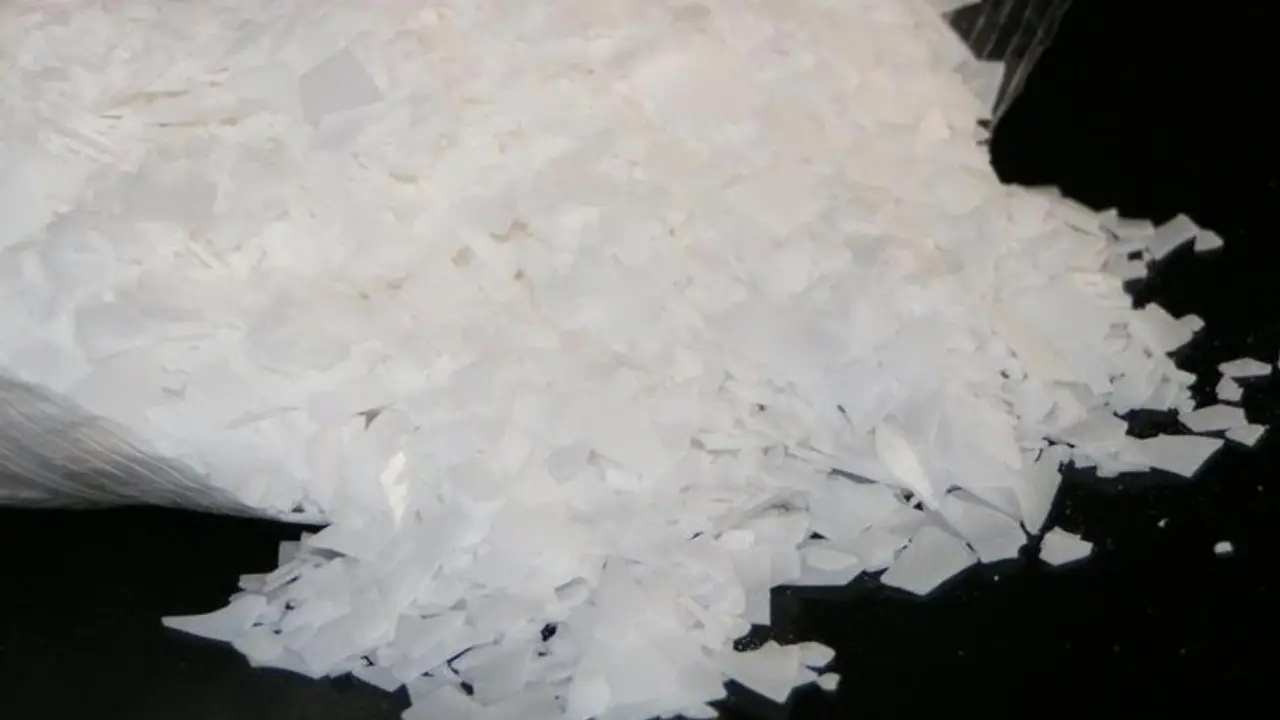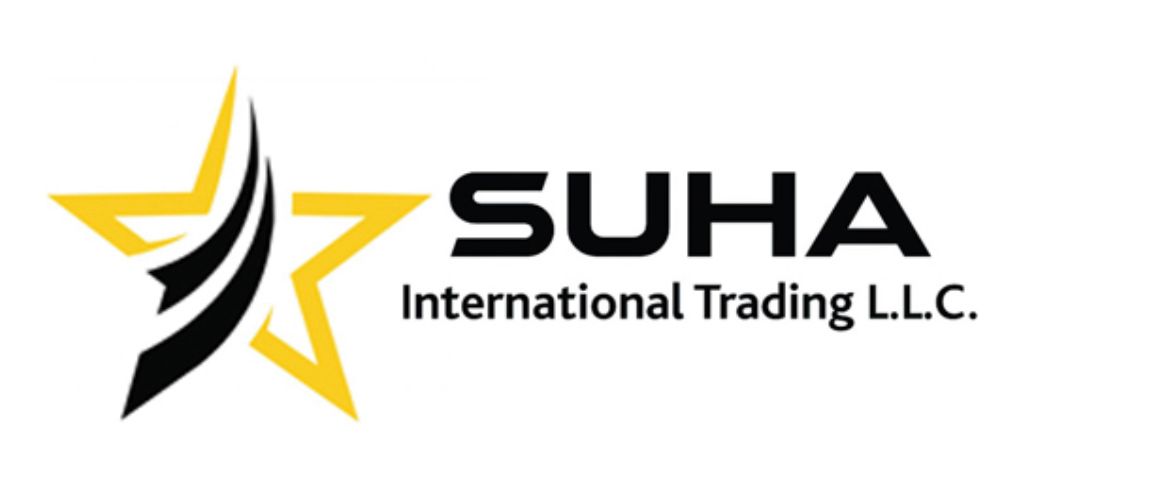Supplier of Polyethylene Wax (PE-WAX) from Turkey and Dubai-UAE

Descriptions of PE Wax
Polyethylene wax is a synthetic thermoplastic polymer derived from polyethylene, known for its excellent hardness, low molecular weight, and compatibility with various polymers. It is widely used in industries such as plastics, coatings, adhesives, rubber, and cosmetics due to its lubrication, dispersing, and surface-modifying properties.
What is Polyethylene Wax?
Polyethylene wax (PE wax) is a fine, solid polymer produced from low molecular weight polyethylene. Depending on production methods, it can be in powder, granule, or pellet form. It offers properties such as high thermal stability, excellent chemical resistance, and low shrinkage, making it an essential additive in industrial processes.
Chemical Formula: (C₂H₄)ₙ
Appearance: White to yellowish powder or granules
Melting Point: 110 – 130°C (varies by grade)
Density: 0.92 – 0.97 g/cm³
Solubility: Insoluble in water, soluble in hydrocarbons
Types and Grades of Polyethylene Wax
PE Wax is available in several grades depending on molecular weight, density, and functionalization. Choosing the right grade ensures optimal performance for specific industrial applications:
High-Density Polyethylene (HDPE) Wax
-
-
Description: Harder wax with high molecular weight and density.
-
Applications: Ideal for extrusion, molding, and as a processing aid in plastics. Provides excellent wear resistance and stability at elevated temperatures.
-
Low-Density Polyethylene (LDPE) Wax
-
-
Description: Softer wax with low molecular weight and flexibility.
-
Applications: Commonly used in coatings, adhesives, and as a dispersing agent. Improves flow and surface finish in low-viscosity formulations.
-
Oxidized Polyethylene Wax
-
-
Description: Polyethylene wax chemically modified with polar groups to enhance compatibility and adhesion.
-
Applications: Used in PVC processing, inks, coatings, and masterbatches. Enhances pigment dispersion, adhesion, and surface smoothness.
-
Applications of Polyethylene Wax
PE Wax is a versatile additive used in multiple industries:
Plastics & Polymers
-
Processing Aid: Improves flow, reduces friction, and prevents sticking in extrusion and injection molding.
-
Masterbatch Carrier: Ensures even dispersion of pigments and additives.
Rubber Industry
-
Lubricant: Reduces die build-up and improves mold release in rubber processing.
-
Surface Modifier: Enhances gloss and smoothness of finished rubber products.
Coatings & Inks
-
Surface Hardener: Increases scratch resistance in paints and coatings.
-
Dispersion Aid: Helps evenly distribute pigments in inks and coatings.
Adhesives & Sealants
-
Hot-Melt Adhesives: Provides improved melting and bonding properties.
-
Lubrication: Enhances application consistency and flow.
Cosmetics & Personal Care
-
Emollient: Used in creams, lotions, and wax-based formulations for smooth texture.
Benefits of Using Polyethylene Wax
-
Improved Processing: Reduces friction and enhances flow in polymers and rubbers.
-
Enhanced Surface Properties: Improves gloss, hardness, and smoothness of coated surfaces.
-
Versatile Applications: Compatible with plastics, rubbers, coatings, inks, adhesives, and cosmetics.
-
Cost-Effective: Reduces production defects, energy consumption, and waste in manufacturing
Handling, Storage, and Safety of PE Wax
Storage:
-
Store in a cool, dry, and ventilated area.
-
Keep away from direct sunlight, moisture, and high temperatures.
Handling:
-
Avoid inhalation of dust.
-
Use gloves and protective clothing when handling large quantities.
Packing and Container Loading of PE Wax
Polyethylene wax is supplied in various packaging options to ensure safe transport and easy handling:
Packaging Options:
-
25 kg and 50 kg polypropylene (PP) bags with moisture-resistant liners
-
500 kg and 1,000 kg jumbo bags for bulk shipments
-
Drums for liquid or specialized formulations
Container Loading:
-
20 ft container: Up to 18–20 tons of polyethylene wax in 25 kg bags
-
40 ft container: Up to 22–24 tons in 25 kg bags or 20–22 tons in jumbo bags
Storage Recommendations:
-
Store in a cool, dry, and well-ventilated area
-
Protect from moisture and direct sunlight
-
Avoid contact with strong oxidizing agents
Polyethylene Wax Specification
| Typical Property | UNIT | Value | Test Method |
|---|---|---|---|
| Appearance | Flake | White, Black Spots Free | VRM-WI-079-00 |
| Softening Point | °C | 100-105 | ASTM – ED3418 |
| Penetration Index | d.mm | 5-8 | ASTM D1321 |
| Viscosity | Cps @140°C | 10-20 | ASTM – D3236 |
| Density | Gr/Cm3 @25°C | 0.9 ± 0.03 | ASTM – D1505 |
| Flash Point | °C | 140< | ASTM – D93 |

